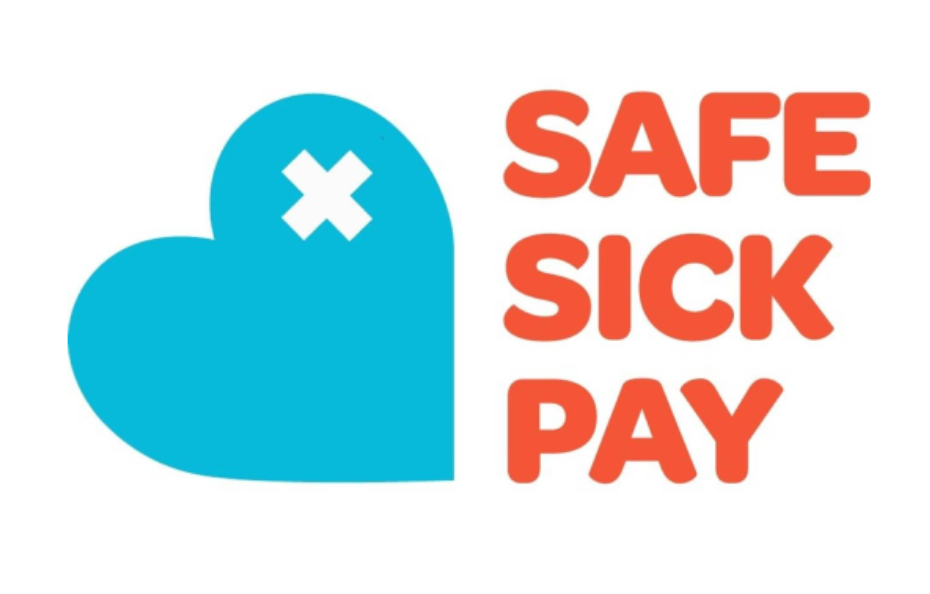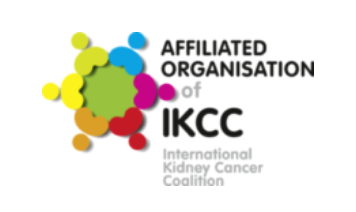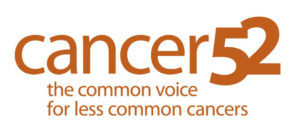Share this Page:
The following article about the underspend by the Cancer Drugs Fund was published in Health Service Journal last week:
By Sharon Brennan, 31 January 2018
- Cancer drugs fund spend only a quarter of its annual budget in the first six months of 2018-19
- Despite increase in cancer drugs and charities’ concerns
- Comes amid debate about the CDF’s future
NHS England’s flagship cancer drugs fund had spent just over a quarter of its budget halfway through this financial year, amid questions over its long term future.
Figures published by the national commissioning body show that in the first two quarters of 2017-18 the fund spent just under £91m – 27 per cent of the annual budget – and there was a reduction, rather than an increase, in the second quarter.
The CDF was a flagship policy of David Cameron before it was restructured
NHS England has said the “figures should be treated with caution if used to predict the outcome of later quarters”. However, if the same spend was repeated in the second half of the year, the fund would have spent only 53 per cent of the total £340m budget.
In previous years the CDF has exceeded its allocated budget – in 2015-16 it overspent by 37 per cent.
The potential underspend in 2017-18 – which would be counted as part of the wider specialised commissioning budget – comes at a time of uncertainty for the future of the fund. Asked about the underspend figures, John Baron, the MP who is chair of the all party parliamentary group on cancer, told HSJ: “It was always clear that [the CDF] would be a temporary solution until a better model could be found.”
Sir Andrew Dillon, chief executive of the National Institute for Health and Care Excellence, was quoted in November as indicating that the CDF should potentially be extended to other areas.
One source working in the pharmaceutical industry, who has closely followed the development of the fund, said: “The CDF was a political solution to a technical challenge which took over half a decade to address.
“With new pharmaceutical price regulation scheme negotiations beginning, and an increased focus on managed access agreements at NHS England [where the national body negotiates with manufacturers to give time limited access], we may see the end of the CDF as we know it.”
The CDF was a flagship policy of David Cameron when he was prime minister, but was significantly restructured in July 2016. At this point, NICE took over from NHS England in deciding which treatments should be funded. It is widely thought this has made the approval process stricter.
The potential underspend in the fund is despite many new cancer treatments continuing to become available, and two charities told HSJ that they were concerned the current access policies meant some therapies were either ineligible, or not receiving adequate funding to test efficacy.
NHS England, in a separate official statement on CDF spending released this week, said it would generate savings for the NHS of “around £140m over the next five years” from the fund, by negotiating discounts on eight of the treatments previously funded via the “old CDF”.
A spokeswoman for NHS England said: “It is not possible to calculate the end of year spend based on the activity levels during the first part of the year and any attempt to do so would be pure speculation.”













